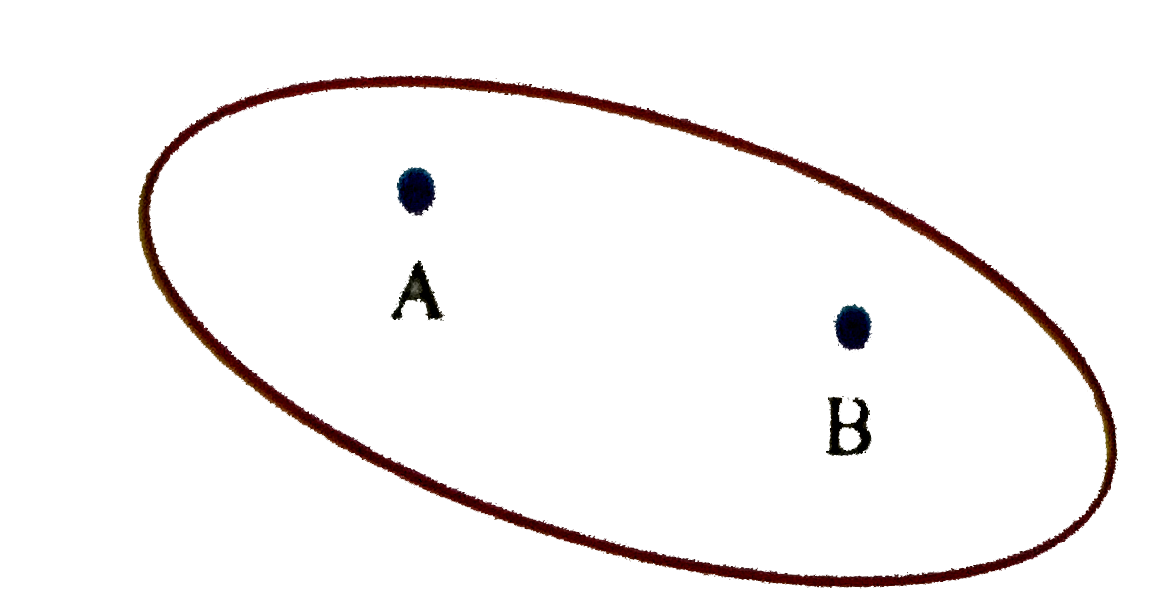Can there be a potential difference between two adjacent conductors carrying the same charge ?
Yes, there can be potential difference between two adjacent conductors carrying the same charge. This is because the sizes of the conductors might be different , and hence their capacities may be different.
Similar Questions
Knowledge Check
- Question 1 - Select One
When 1.0×1012 electrons are transferred from one conductor to another, a potential difference of 10 V appears between the conductors. Find the capacitance of this two conductor system.
A2.32×10−4FB1.6×10−8FC1.2×10−6FDNone of these - Question 2 - Select One
In the adjacent figure, the potential difference between A and B is
 A0B5voltC10voltD15volt
A0B5voltC10voltD15volt - Question 3 - Select One
Two conductors insulated from each other, charged by transferring electrons from one conductor to the other. After 25×1012 electrons have been transferred. The potential difference between the conductors is found to be 16V. The capacitance of the system is
A25μFB.25μFC25nFD25PF
If a charge particle starts from rest from one conductor and reaches the other conductor with a velocity of 109cm/s, then calculate the potential differnce between the two conductor. The mass of the charge particle is 9×10−28 g and charge is 4.8×10−10asu.
View SolutionIf a chargedd particle states from rest from one conductor and reaches the other condutor with a velocity 109 cm/s, if the potential difference between the two conductors is 0.94 stat volt, then calcualte the charge of the charged particle.
(Given, mass of charged particle=9×10−28 g)View SolutionAssertion:A point charge q is placed near an arbitary shaped solid conductor as shown in figures.The potential difference between the points A and B within the conductor remain same irrespectively of the magnitude of charge q
Reason: The electric field inside a solid conductor is zero under electrostatic conditions
 View Solution
View SolutionIf the physical state of the conductor remains unchanged then the current through the conductor is directly proportional to potential difference between the ends of a conductor. This is the statement of
View SolutionA graph is plotted between the potential difference (applied across the ends of a conductor) and the current (following through the conductor). The graph is a straight line
View Solution

